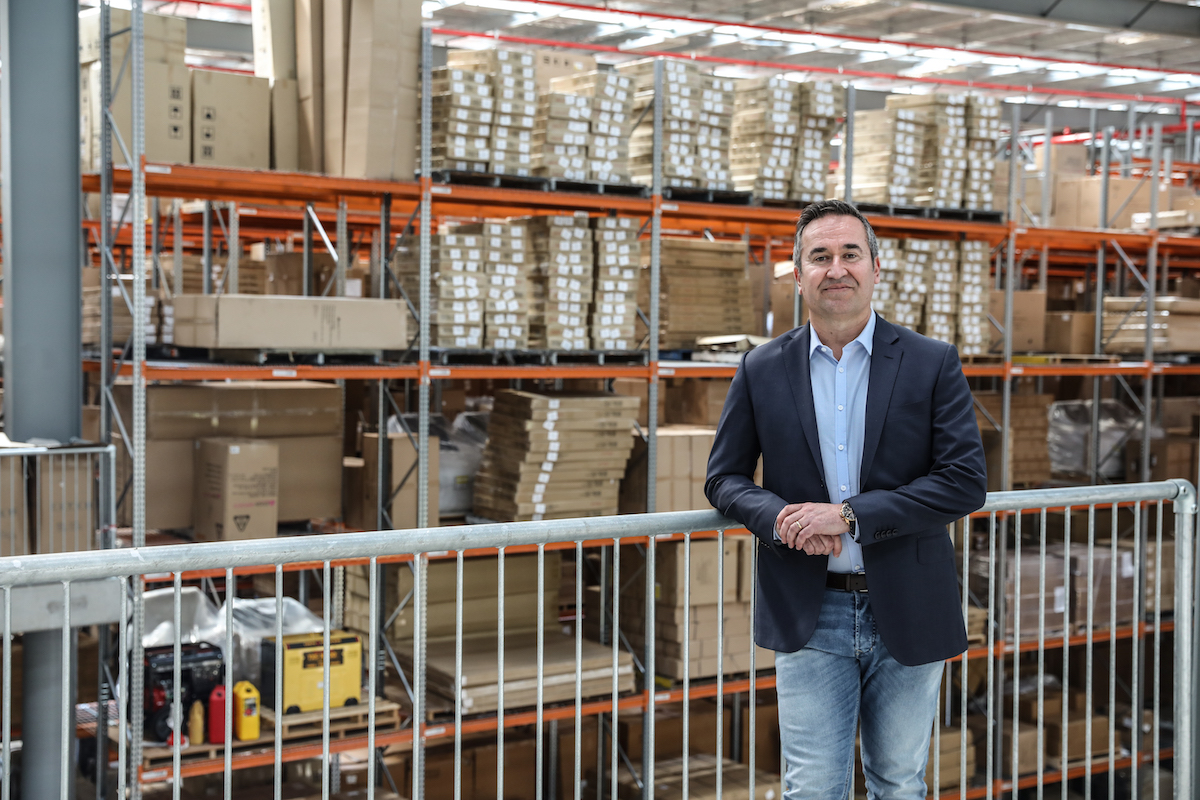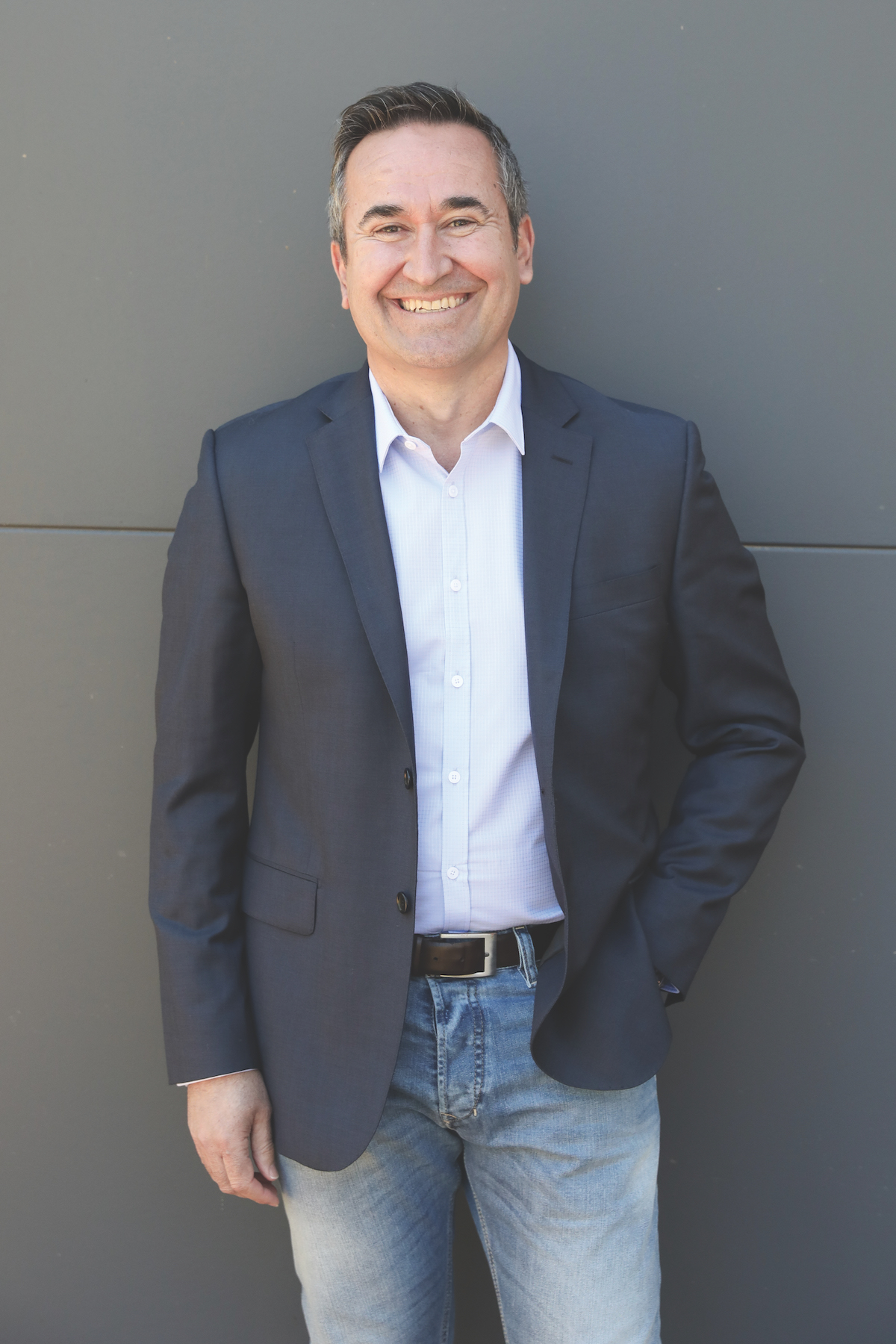So far cemented into daily life that it’s become ‘part of the furniture’, the impact of our furnishings and homewares extends well beyond just the practical, evoking ideas connected to our personality, fashion sense, sentimentality, and even wellness. Our homes, workspaces and everything in between contain furniture to meet a particular set of needs. With the right coffee table or carpet, a house becomes a home. And with a certain couch and bed, a home becomes a haven.
Home is where the heart is
Michael Petricevic recognised this, and as Managing Director of OZ Design Furniture, he sought to create the same effect in his stores. “We had a significant turning point four or five years ago where we sat down and decided we would start making our stores look more warm, friendly and inviting,” says Michael.
“Research showed we were being portrayed as a furniture retailer that wouldn’t allow customers into the shop to sit down on the sofas. To change this, we began building little nooks in the store so that people could actually feel like they were at home and comfortable. We placed scented candles around the shop, appealed to all the senses, and layered the walls with different clocks and prints to show our product variety.
“It created a lot of interest, and the foot traffic in the store increased dramatically. Customers would just meander around, looking at and picking up things; they were relaxing.” The company also introduced new styles to suit different customer tastes, including arthouse deco, popular with the fashion-forward and fans of mid-century Australian designs; coastal, for the beach house style, full of blues, greens and whitewashed designs; and global/natural for the well-travelled consumer seeking earthy furnishings, textured items, and African prints.
“We also have the Abode category, which is a folksy and conservative style,” says Michael. The company has also just recently launched its e-commerce site as part of its ongoing digital and modernisation strategy.

Through Michael’s direction, OZ Design doubled its annual turnover from $40 million to $80 million, shifting to what he describes as more of a ‘female’ brand. “When I first joined the organisation, we were selling pine furniture and beanbags, and that went against my grain from day one,” he says. “We had strong distribution, good shop sites, and great locations; we were just selling the wrong type of product.”
Worth writing home about
Michael joined OZ Design 15 years ago as finance director; previously, he’d been chief financial accountant at ABC Enterprises, and developed his entrepreneurial skills by taking on a strategic leadership position with gift-card chain Granny May’s.
While at Granny May’s, he substantially grew the company to 80 stores around Australia before the business was sold and later suffered a lethal dose of digital disruption. At that stage, however, Michael had long left the business after an acquaintance recommended he move to OZ Design, which was also in desperate need of a technology overhaul.
“We work hard to differentiate ourselves, follow the direction that trends are going, and do what the customer wants. It’s a labour of love for us.” – Michael Petricevic
“When I joined the company, they didn’t really have any sort of IT infrastructure in place; believe it or not they were running manual dockets in 2001. So, part of my role was to implement point-of-sale systems into the business and automate it so we could make decisions using real-time data,” says Michael. Just three months after he began, however, the former CEO Warwick Shedden suffered a heart attack and sadly passed away.
Stepping up to the plate

Warwick’s brother Neil then stepped in to run the business. He and Michael decided to set up a board, inviting property pioneer William Kirkby-Jones to serve as chairman. Neil and William mentored Michael until he was able to officially step into the role of managing director in 2008.
He then set about reviewing suppliers, changing the supply chain, and establishing an import business.
OZ Design became the first Australian retailer to use manufacturers in Vietnam, along with importing from India, Indonesia and Malaysia, while 40% of the business stock remained Australian made.
“In 2004, we began an import business to take control of our supply chain, because we didn’t want to be held down by it and we also wanted to control the vertical profits of the business,” says Michael. The company has also invested significant time and resources into building its own centralised warehouse and distribution centre.
“It took us about 10 years of doing everything, from third-party logistics to leasing warehouses, before we actually built our own consolidated warehouse facility. We completed it in October last year, with the support of building partner Full Tilt Constructions. It’s on 6.8 hectares of land that we own out in north-west Sydney and covers 6,000 square metres,” adds Michael.
“As that facility was a decade in the making, it required a lot of specifications on our part. We even had to receive DA approval to build to these specifications; Full Tilt Constructions provided great support and were great partners in making it a reality.”
A labour of love
The company has also changed from being predominantly a franchise business — with 23 of 25 stores run by franchisees — to having 28 stores consisting of only seven franchisees
and 21 company-owned stores. There are no plans to phase out franchisees; rather, OZ Design Furniture hopes to implement more strategic partnerships in regional Australia.
“There are areas where franchising is a better option than company-owned stores,” explains Michael. “Those areas can receive the full benefits of the brand while applying regional knowledge and tailoring the product to suit their demographic.”
Delivery trucks are scheduled every week to transport stock to all regional stores on the eastern seaboard so as to ensure even rural sites don’t miss a beat.
“We spend a lot of time ensuring the warehouse is right and the supporting infrastructure is in line. It’s one thing to make the showroom look great, but if you can’t get the product out quickly, the whole thing will fall over,” says Michael. “In comparison to our competitors, we’ve got a lot of ability to change direction quickly. Furniture is a very fashion-oriented business. We work hard to differentiate ourselves, follow the direction that trends are going, and do what the customer wants. It’s a labour of love for us.”



